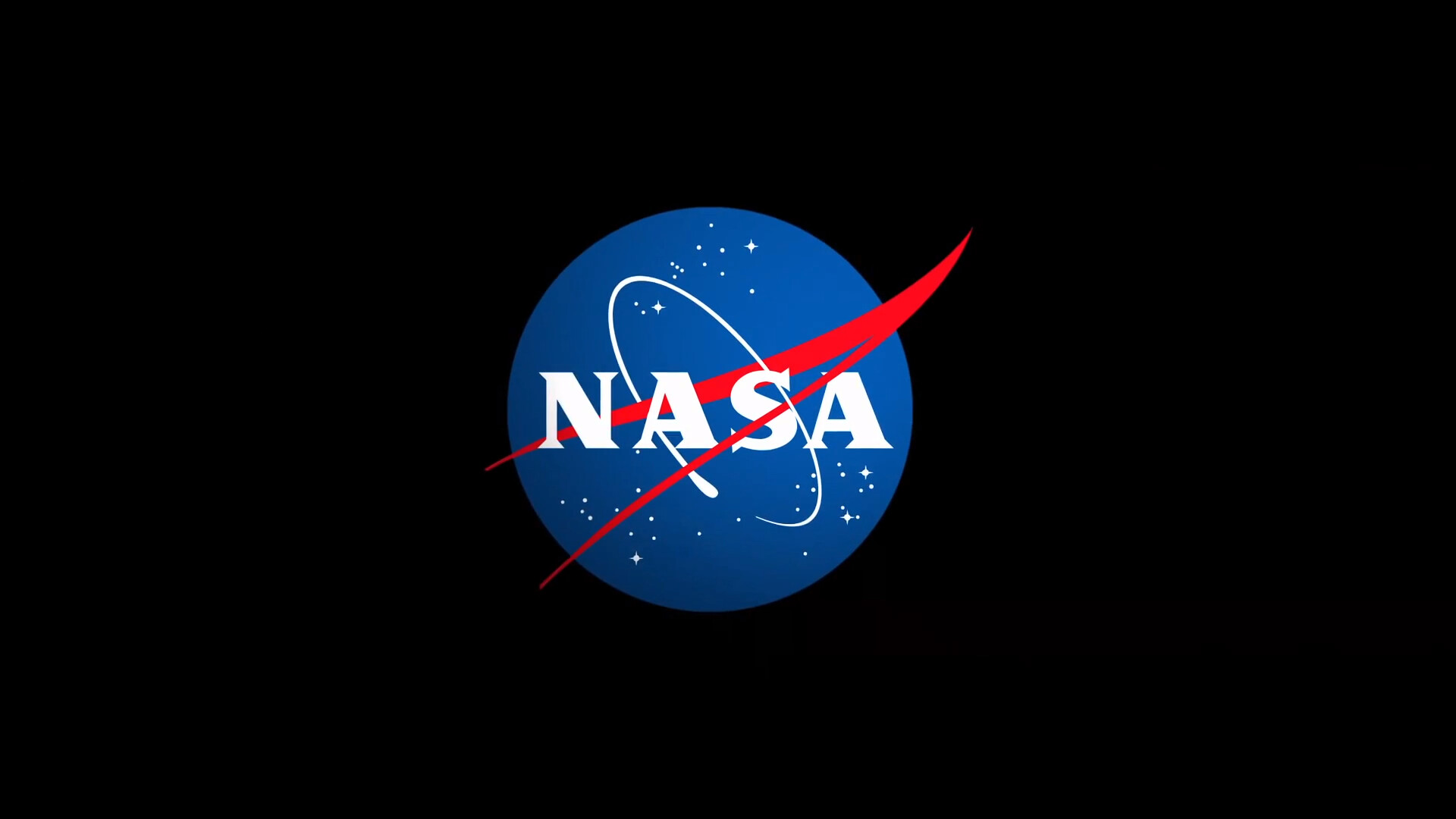NASA currently is working with several commercial companies as part of the agency’s VADR (Venture-Class Acquisition of Dedicated and Rideshare) launch services contract, providing new opportunities for science, and technology payloads.
These include:
- ABL Space Systems of El Segundo, California
- Astra Space Inc. of Alameda, California
- Blue Origin Florida, LLC of Merritt Island, Florida
- Firefly Space Transport Services of Cedar Park, Texas
- L2 Solutions DBA SEOPS, LLC of Houston, Texas
- Northrop Grumman Systems Corporation of Chandler, Arizona
- Phantom Space Corporation of Tucson, Arizona
- Relativity Space Inc. of Long Beach, California
- Rocket Lab USA Inc. of Long Beach, California
- SpaceX (Space Exploration Technologies Corp.) of Hawthorne, California
- United Launch Services LLC of Centennial, Colorado
Building on NASA’s previous procurement efforts to foster development of a growing U.S. commercial launch market, VADR provides Federal Aviation Administration -licensed commercial launch services for payloads that can tolerate higher risk. By using a lower level of mission assurance, and commercial best practices for launching rockets, these highly flexible contracts help broaden access to space through lower launch costs.
Awards Update
Task orders under the VADR contract include launch services for several small satellite missions. CubeSats are a class of nanosatellites that use a standard size and form factor. The standard CubeSat size uses a “one unit” or “1U” measuring 10x10x10 centimeters and is extendable to larger sizes; 1.5, 2, 3, 6, and even 12U. A CubeSat typically weighs less than 2 kilogram (4.4 pounds) per unit.
Given the standardized size of these payloads and the ability to launch as a rideshare, rockets and launch dates are subject to change for these missions by the launch provider. This flexibility is one of the reasons NASA can cost-efficiently secure launch services for these small satellites.
- NASA awarded L2 Solutions DBA SEOPS, LLC a task order to secure the launch of two 6U CubeSats for the agency’s Ames Research Center in California’s Silicon Valley as part of the agency’s Pathfinder Technology Demonstrator (PTD) series of missions. The demonstration flight tests the operation of a variety of novel CubeSat technologies in low Earth orbit, providing significant enhancements to the performance of these small and effective spacecraft. Over the course of multiple planned PTD missions, the successful demonstration of new subsystem technologies will increase small spacecraft capabilities, enabling direct infusion into a wider range of future science, and exploration missions. The two nanosatellites, PTD-4 and PTD-R, will launch on SpaceX’s Transporter-11 mission out of Vandenberg Space Force Base in Lompoc, California.
- NASA awarded SpaceX a task order to launch Dione under the agency’s CubeSat Launch Initiative. The 6U CubeSat from Goddard Spaceflight Center in Greenbelt, Maryland, will quantify how Earth’s ionosphere and thermosphere respond to electromagnetic and kinetic energy inputs from the magnetosphere. The mission is a collaboration with Catholic University of America, Utah State University, and Virginia Tech. NASA’s Science Mission Directorate Heliophysics Division is funding this effort. Dione is targeted to launch no earlier than mid-2024.
- NASA awarded SpaceX a task order to launch ARCSTONE under the agency’s CubeSat Launch Initiative. The 6U CubeSat, built at NASA’s Langley Research Center in Hampton, Virginia, will carry a spectrometer to low Earth orbit to establish a lunar calibration standard that will improve weather and climate sensors. ARCSTONE will use the Moon’s spectral reflectance for Earth science observations and is targeted to launch no earlier than mid-2025.
- NASA awarded SpaceX a task order for the launch of TSIS-2 (Total and Spectral Solar Irradiance Sensor-2). TSIS-2 will measure the Sun’s energy input to Earth. Since 1978, various satellites have measured the Sun’s brightness above Earth’s atmosphere. TSIS-2 will add solar irradiance measurements. Unlike its predecessor TSIS-1, which operates from the International Space Station, TSIS-2 will ride on a free-flying spacecraft. Managed by NASA Goddard, TSIS-2 has instruments from the Laboratory for Atmospheric and Space Physics at the University of Colorado, Boulder. A launch date is under review.
Previously Announced Task Order Releases:
PREFIRE
CubeSats for Phantom Space Corp.
EscaPADE
Two CSLI Missions Awarded to SpaceX
TROPICS
TRACERS



























